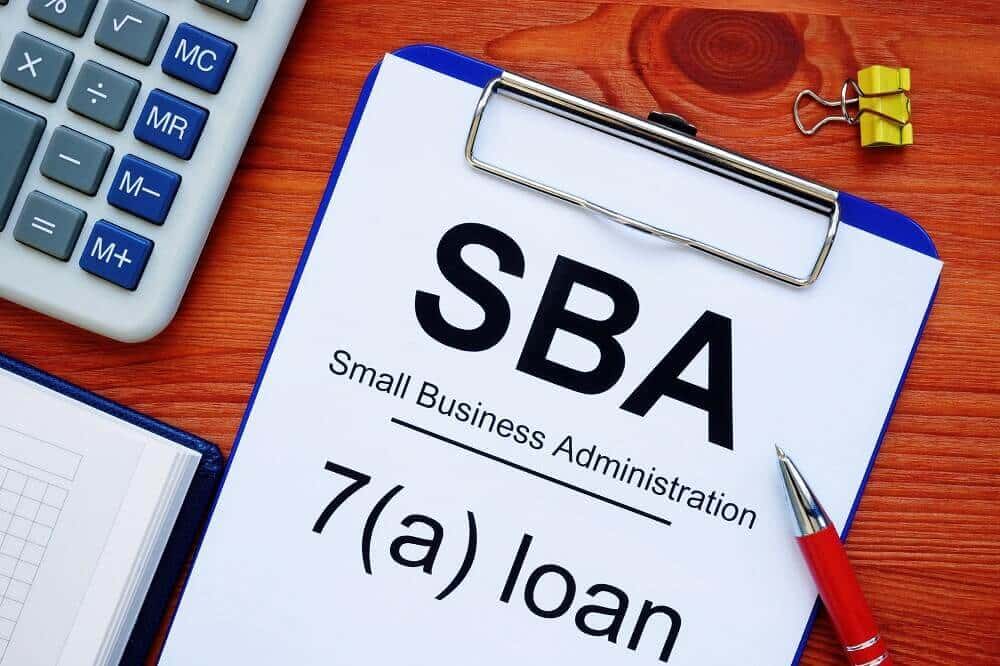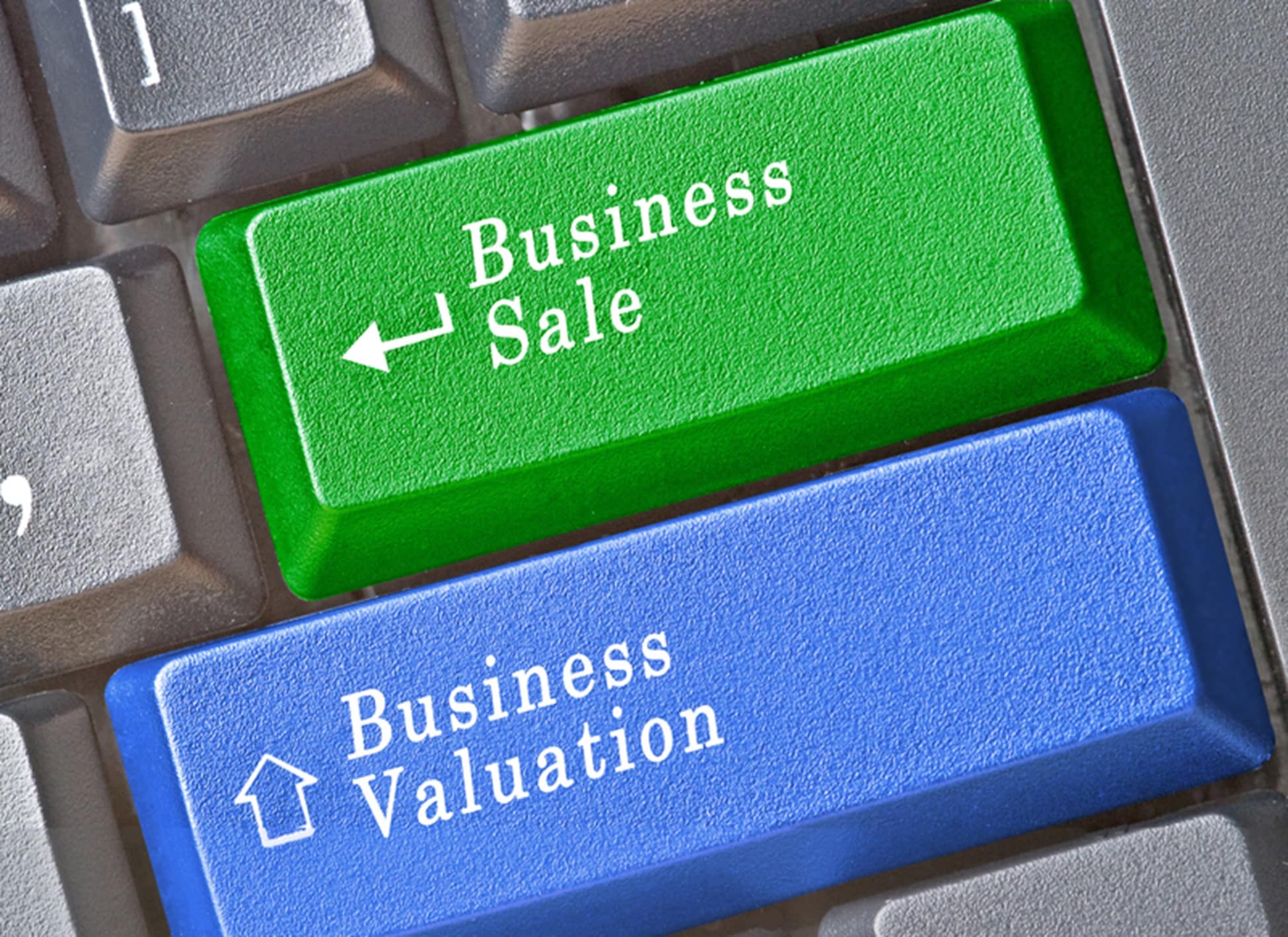SBA financing is a win-win for business buyers and sellers. Getting an SBA Loan to buy or finance the sale of a business is a great way for buyers to leverage their cash to obtain a lower down payment and buy a bigger, more profitable business. SBA financing also offers benefits to business sellers because it gives them cash at closing rather than having to finance the transaction themselves with a large Seller Note.
In addition to the obvious benefits of a low down payment for the buyer and cash at closing for the seller, SBA financing has other significant benefits. SBA financing offers 10-year financing at a maximum rate of Prime + 3.0% as compared to Seller Notes which are typically 5 years at 1% to 2% over the SBA lending rate. This reduces the buyer’s debt service and increases their net after debt service dramatically. SBA lenders will also often finance the purchase of the seller’s receivables (A/R) which provides additional working capital for the buyer and again cashes the seller out at closing since he doesn’t have to wait to collect the outstanding A/R.
5 SBA Financing Myths, busted
- It takes months to get an SBA loan!
It’s a common myth that it takes several months to get an SBA loan, some think it can take 6 months. SBA financing typically takes 60 to 75 days and we run the SBA financing in parallel with Due Diligence and Escrow resulting in the bank being ready when escrow is ready to close. We work exclusively with a select group of SBA PLP (Preferred Lending Program) banks that have excellent underwriting teams and quick closing processes. We do not work with loan brokers who will “shop” the loan around and do not work with non-PLP lenders. Commitments made by loan brokers are not a commitment by the lender and are essentially meaningless. - SBA Loans are nearly impossible to get!
This is absolutely a myth. Pacific Business Sales has consistently used SBA financing on 90% of our transactions each year and SBA financing is our preferred financing structure. SBA loans do have a lot of paperwork and yes, both the buyer and business must qualify, but if the deal makes sense, SBA financing is a viable option. - SBA Loans require a ton of paperwork!
OK, this one is not a myth, SBA loans do require paperwork from both the buyer and seller. But if you are working with an organized lender, and broker knowledgeable about SBA financing, it goes smoothly and is well organized. We start the SBA application process as soon as the offer is signed and run it in parallel with Due Diligence. Our lenders send a checklist and work with our clients to track the status of the loan application. Our lenders also have secure file-sharing systems where buyer and seller can easily upload their documents. - You’ll spend weeks trying to get an SBA loan and get rejected in the end!
This does happen with inexperienced brokers and when buyers use a non-PLP lender or a lender that doesn’t pre-qualify the deal. At Pacific Business Sales we pre-qualify all of the businesses we represent. This ensures the business qualifies for SBA financing upfront. When an offer is accepted the first step in our transaction process is to have our SBA lender review the transaction and pre-qualify the deal. This eliminates ugly surprises later in the transaction process. - You have to have a lot of collateral to get an SBA loan
You don’t necessarily have to have a lot of collateral to get an SBA loan, in fact, some transactions are done with very little collateral. Having strong collateral absolutely helps in getting the financing approved, but it is not necessarily a deal killer if you don’t have a lot of collateral. Underwriting approval depends on many factors including, the overall strength of the deal, the buyer’s experience, credit score, business financials, and collateral.
7 Steps to Getting an SBA Loan
- Find the Right SBA Lender
Finding the right lender is a critical first step. The “right” lender may not be the one you found on the internet that is hard-selling you and is certainly not one of the big-box retail banks. If you are shopping SBA loans you hear lots of promises and sadly will have lots of broken promises if you choose the wrong bank. You want a PLP lender that will approve the loan and close quickly.
The buyer will be choosing the SBA lender and it is critical to choose the right lender. There are many SBA lender choices and it is difficult for a buyer to know with certainty which bank is the best choice. Every bank has different industry preferences and underwriting practices. Much of the bank selection is a matter of knowing which bank will “like” this deal.
It is best to work with a bank directly and only use a loan broker in rare and extenuating circumstances. Loan brokers make a lot of promises they can’t deliver on and the banks cannot necessarily follow through with. - Approvals and more Approvals; Pre-Approval, LOI, and Final Approval
There are lots of “approvals” along the way to funding and closing. First, the buyer will get a “pre-approval” which isn’t a promise or commitment to the deal, it mean exactly what is says, after initial review, the buyer appears to be qualified. Next is an LOI (Letter of Intent) from the lender which again is not a promise to offer financing. This comes after the lender has done an initial review of the buyer and business and it looks good, but still needs to go through full underwriting review. The last approval is the Final Approval letter from the lender which comes after underwriting review is complete and appraisals on the business and collateral are complete. Once Final Approval is received the bank is typically ready to fund in 5 to 7 days. - Business Pre-Approval
At Pacific Business Sales the first SBA approval for the business is handled shortly after listing. We want to ensure that we have a lender in place that will approve the financial parameters of the transaction as well as the industry. It is important to know which lender is willing to close on the loan with the right buyer and how much of a down payment they want 10%, 15% etc. and what they will lend. If the business was not pre-approved or reviewed in advance by the lender then this will be step one along with buyer pre-approval since the bank is starting from scratch with the business.
If the business has not already been pre-approved the bank will require the following information from the seller:
a) last 3 years tax returns
b) last 3 years P&L and Year to Date P&L
c) Current Balance Sheet
d) A/R and A/P aging report
e) Owner’s W2s last 3 years and year to date Payroll report
f) verification of seller’s expenses and add-backs - Buyer Pre-Approval
After the offer is accepted the buyer will submit the financials and personal information with an application to the lender (usually within 15 days of signing the purchase agreement). Transactions move fairly quickly so it is important to know that you are with the lender that will close the transaction rather than risk losing the transaction.
During the pre-approval process, the buyer will submit the following information to the bank:
a) copies of their last 3 years tax returns
b) authorize a credit check
c) provide a copy of their resume
d) complete an SBA Personal Financial Statement and Application - LOI
The buyer will be asked to sign an LOI (letter of Intent) or sometimes called a CCL (Conditional Committment Letter) from the bank which will indicate the proposed loan amount, down payment, and loan terms. When the LOI is signed the bank will require a deposit to start the business valuation, collateral appraisals, and underwriting. - Underwriting
The lender will evaluate the business financials to determine the net after debt service, cash flow, and generally does it support the deal. Next underwriting considers if the business net after debt service supports the buyer’s income needs. Finally, underwriting obtains appraisals on the business and the buyer’s collateral (usually their personal residence). - Final Approval and Closing!
When underwriting and the appraisals are complete and approved the Buyer will receive a Final Approval letter. When the buyer signs the final approval letter the bank will draft closing documents and fund the transaction within 5 to 7 days and escrow will close. The buyer will wire their final deposit to escrow 1 to 2 days prior to closing and the bank will fund after all documents are signed and the buyer’s wire has cleared.
At Pacific Business Sales we believe SBA financing provides sellers and buyers with the best transaction financing. SBA financing is our preferred transaction structure for deals under $5 million (SBA financing limit) and has proven to be a win-win for both buyer and seller.




